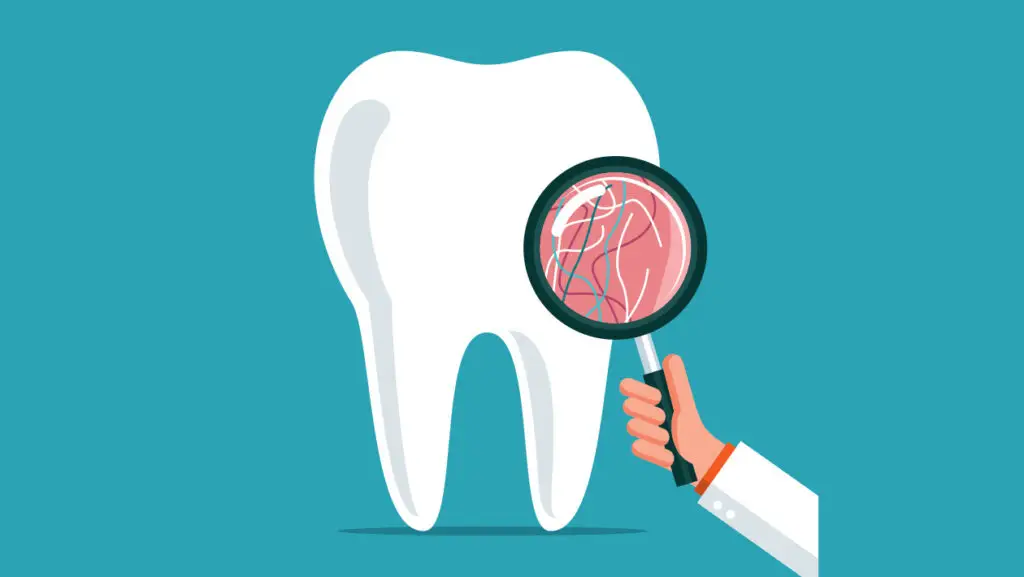Dental insurance worth it is a common question as healthcare costs rise. Planning ahead helps protect your smile and budget. To decide, you must understand the types of dental insurance and their costs.
Types of Dental Insurance Plans
There are two main types: PPO and HMO. PPO plans allow you to visit any dentist and offer flexibility. HMO plans require you to use a specific network but usually cost less. Think about your budget, lifestyle, and coverage needs before picking a plan.
Benefits of Dental Insurance
Dental insurance lowers the cost of treatments like cleanings, fillings, crowns, and root canals. It also protects you from unexpected expenses caused by accidents. Some plans cover orthodontic treatments such as braces or Invisalign. Most policies include preventive care like X-rays and exams at no extra cost to keep your teeth healthy.
Discount Programs vs Insurance
Discount programs offer reduced prices on some services but often exclude major procedures or preventive care. They may cost less initially but lack the full protection that insurance provides against unexpected dental bills.
Is Dental Insurance Worth It?
Whether dental insurance is worth it depends on your budget and needs. If you can afford a comprehensive plan, it offers long-term savings and peace of mind. If cost is a concern, discount programs may help with routine care. Understanding your options will help you choose the best fit for your financial situation.
Know more about us from YouTube, or contact us!


